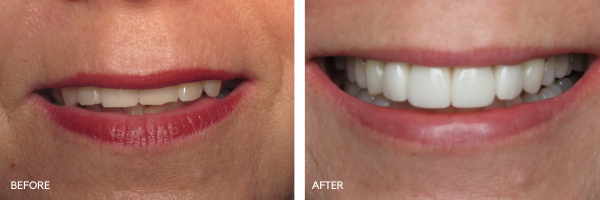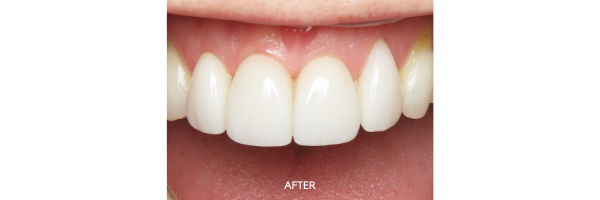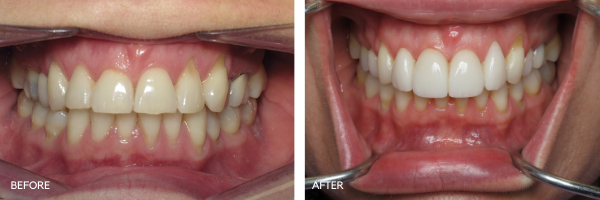By: Dr. Elizabeth Eggert
How did this start?
W (patient name and face photos withheld at patient’s request) has been working with Dr. Elizabeth since she took the practice over from Dr. Jensen in 2005. Prior to that, W had been working with Dr. Jensen since the early 1990’s! In the 20 years Dr. Elizabeth has been working with W, he has undergone various dental treatments, including multiple implants, a bridge, and crowns. W has also undergone some periodontal therapy to help maintain his bone and gum tissues in their healthiest state. While working with Dr. Jensen, W did have anterior veneers placed. Unfortunately, W’s veneers were starting to decay and he was opening up space between his teeth due to heavy forces his bite was putting on his teeth. Dr. Elizabeth talked to W about replacing the veneers, but because of the heavy forces, she recommended the records process first.

What was recommended?
Back in 2011, W went through the records process with Dr. Elizabeth because his teeth were moving and because he started losing posterior teeth from root cracks. At that time, she recommended orthodontic treatment for W along with a plan to replace the veneers on his front teeth. At that time, W chose not to proceed with treatment. Fast forward to 2023 and W had decay that was causing the need to replace his veneers so W went through the records process again.

W has always had a “deep bite.” This means that his front and back teeth, especially for his lower arch are not at the same and even level (it is like there is a “step-down” from the anterior teeth to the posterior teeth). This deep bite causes excessive forces on his teeth, putting them at risk for breaking. Since 2011, W has lost more posterior teeth due to root cracks so again Dr. Elizabeth discussed the benefits of orthodontics to help even out W’s bite forces. However, we now have the option to do this for W with Invisalign. It was recommended that W undergo Invisalign with Dr. Elizabeth before replacing his upper and lower veneers.
What did he want?
W understood the benefits of moving his teeth to improve the forces. He wasn’t excited about the prospect of orthodontics, but agreed that he wanted his new veneers to last as long as possible and he understood that moving his teeth with Invisalign was a good way to help make that happen. He also noted he wanted to maintain his natural teeth for a lifetime and did not want any more missing teeth. He also was very sure that he did not want dentures, ever! After deep consideration and after putting his trust in Dr. Elizabeth, W agreed to move forward with Invisalign before replacing his veneers for his anterior teeth.
What was involved?
W’s Invisalign treatment required 30 aligners and was expected to take up to 15 months. However, W was so compliant with using his aligners as directed and keeping them in for 22 hours per day, that Dr. Elizabeth was able to recommend more frequent aligner changes and he was able to finish his Invisalign treatment in only seven months! Invisalign works wonders with motivated and compliant patients. The goals of Invisalign for W were to improve his deep bite, even out the spacing for his upper anterior teeth, and create symmetry for his gum tissue levels.
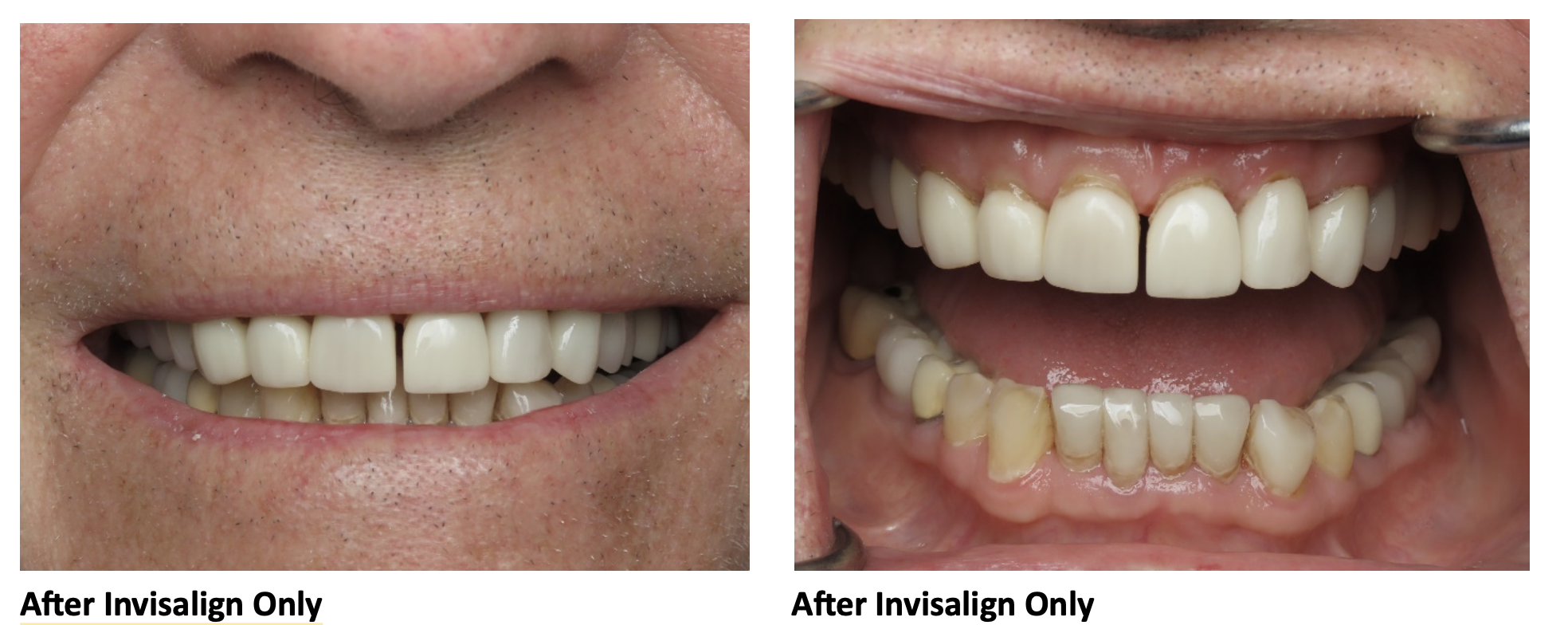
The photos show W’s smile after Invisalign. It is possible to see more of W’s lower anterior teeth now because his deep bite was addressed. Due to the wear on W’s teeth and their original positioning, there is still a “step” in his bite until the restorations are done.
After Invisalign was completed, W and Dr. Elizabeth went through the planning stages for his new veneers. She was able to plan for veneers for W’s lower anterior teeth, but the upper teeth would now be porcelain crowns to help fill in the spaces between W’s upper teeth. Twelve all porcelain restorations were planned for W.
W elected to sit through a full day with Dr. Elizabeth to prepare all twelve teeth for his new restorations. It was a tiring day, but he was a trooper! Two days later, Dr. Elizabeth had him back to finalize his temporaries and zero-in on his bite. Since W was fatigued and numb on the prep day, it was nice to be able to address the bite at the later time. At that time, W reported he was doing very well and was happy with how everything looked in the temporary phase.
Three weeks later, W’s restorations were ready and Dr. Elizabeth cemented them in and final scans were taken to fabricate W’s Invisalign retainers.
What does he think?
W was very open and honest about how he felt about the plan and process throughout the course of treatment. He admitted that he was very reluctant to do it all but glad that he did move forward. He especially was hesitant to do Invisalign treatment, but admitted, “It actually was not as bad as I thought it would be. Once I got used to the aligners it was ok. I was dreading the treatment time for Invisalign, but it went really well.”
We asked W what he would tell a friend or family member that was considering the same or similar treatment he said, “You need to trust your dentist and if you believe that it’s a good thing, then do it. You are not the professional! Have faith and trust your dentist.”
After W’s final bite and reevaluation appointment, he sent a very kind letter to Dr. Elizabeth. It really meant a lot to her to hear what W had to say. He noted “You had suggested this several years ago and I declined. What changed my mind was your professional opinion that this was necessary for my oral health. I have faith and trust in you as a professional and I realized not to follow your advice would be foolish on my part…As it turned out, the experience was not as dreadful as I expected it to be. Through this process, you and your team were wonderful. You were careful and made sure every step of the process was done exactly right, checking and rechecking as necessary. That made me feel very confident and ensured the success of the process. Thank you for the excellent work you did and please thank your team. They too should be proud of the excellent work they do for the patients of Eggert Family Dentistry.”
Thank you, W for trusting us with your smile! Also, thank you for your kind words. We treasure when patients are happy and it feels good to be recognized for the help we can provide! We look forward to working with you for many more years to come.

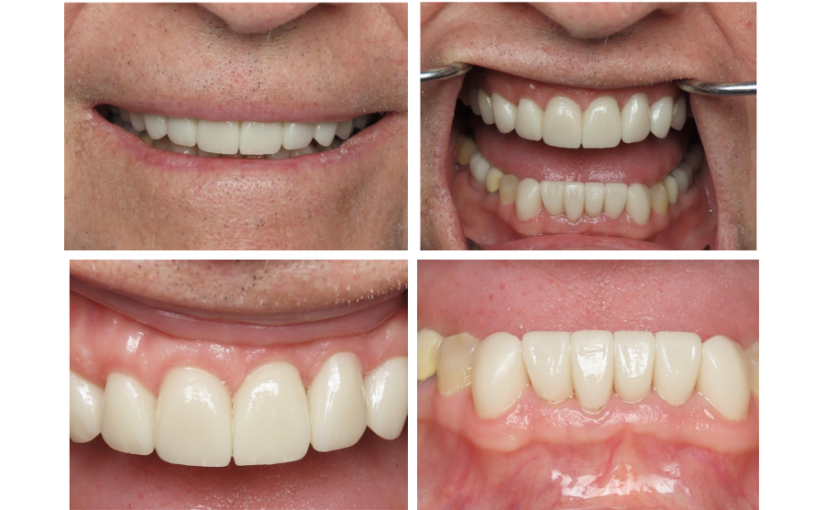
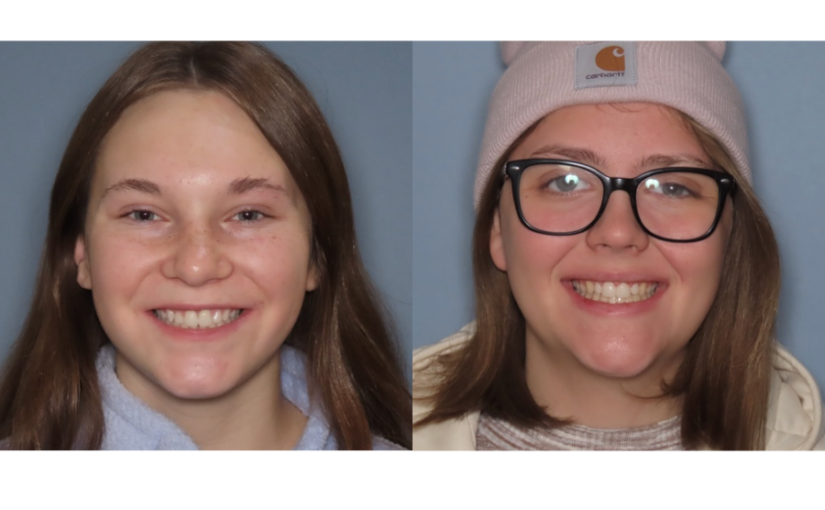






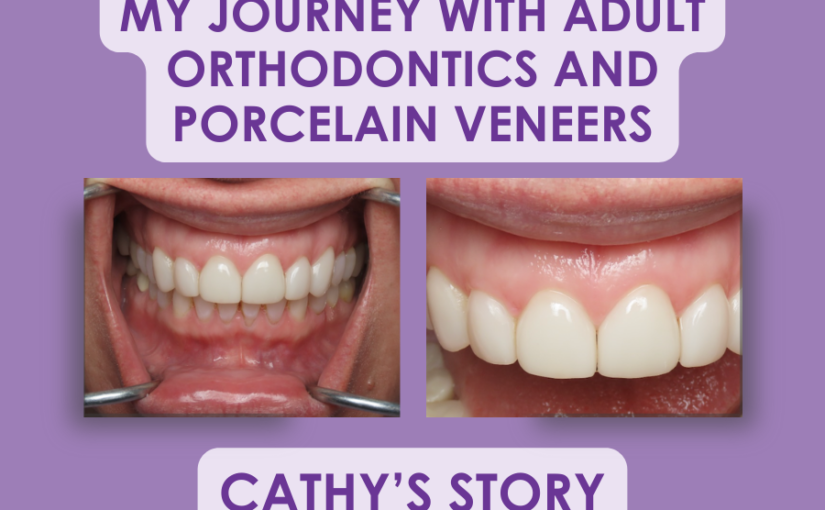






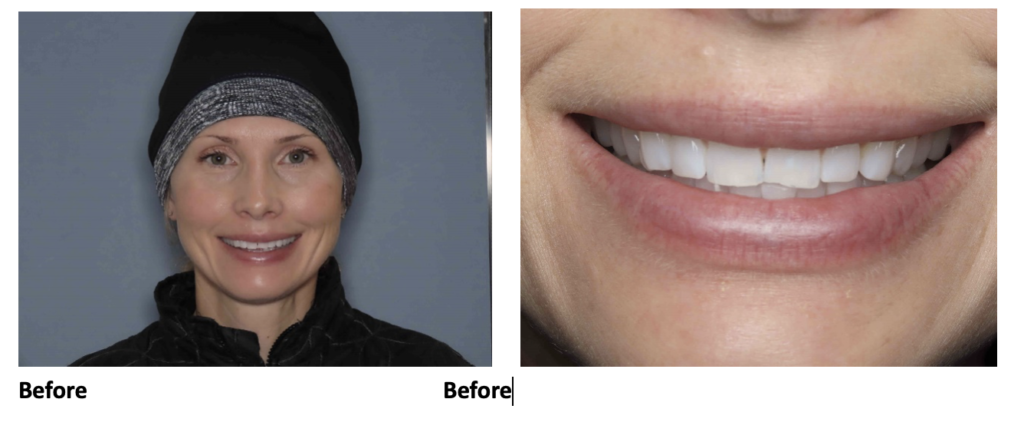
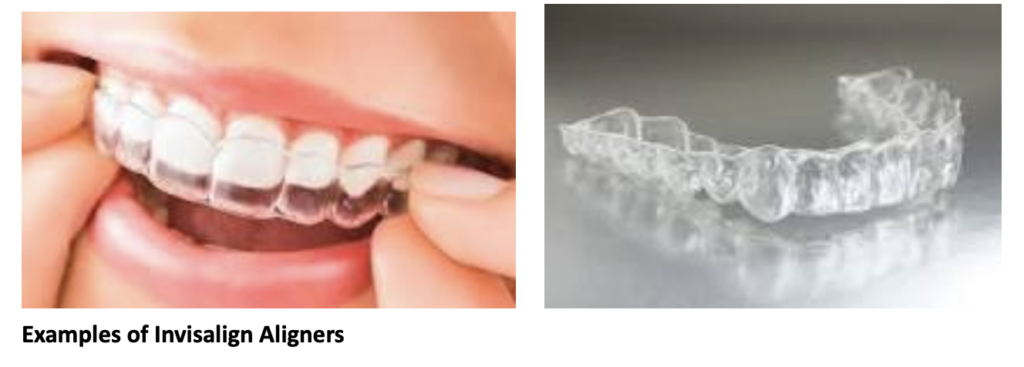


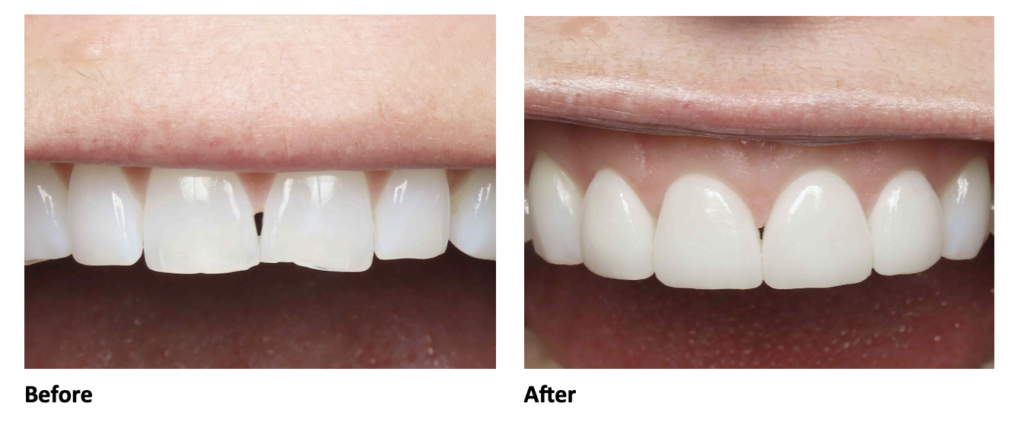
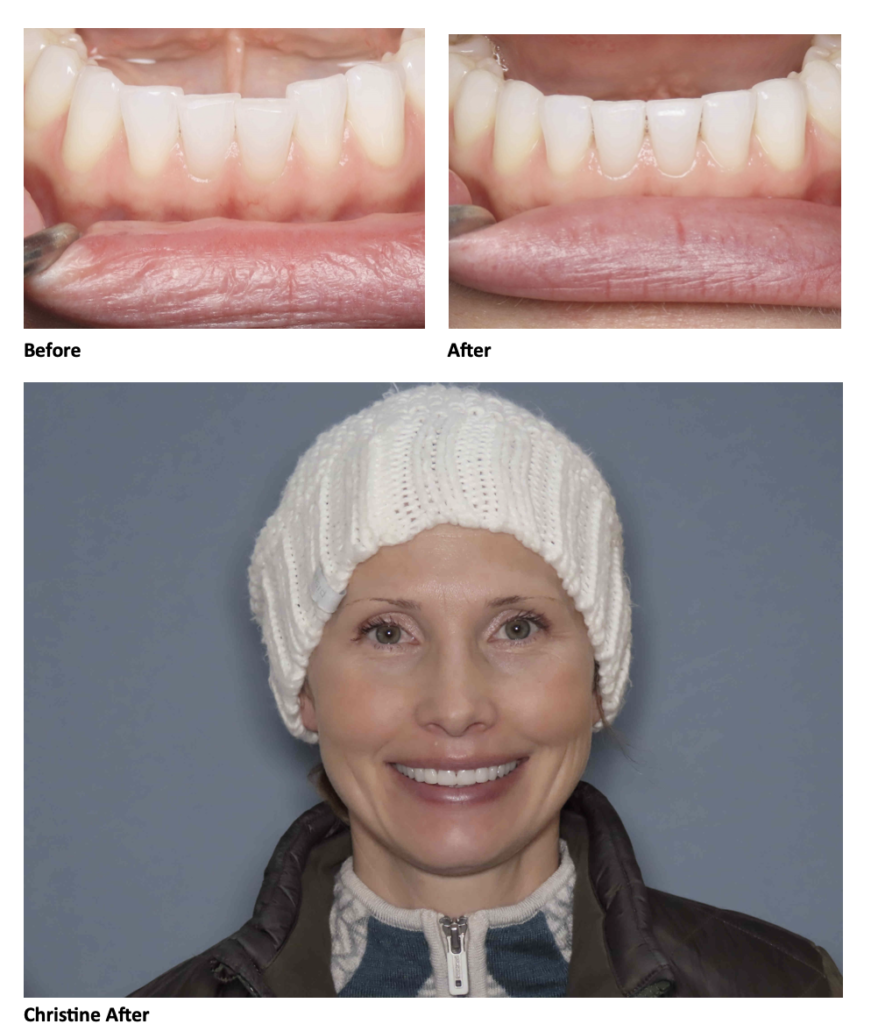

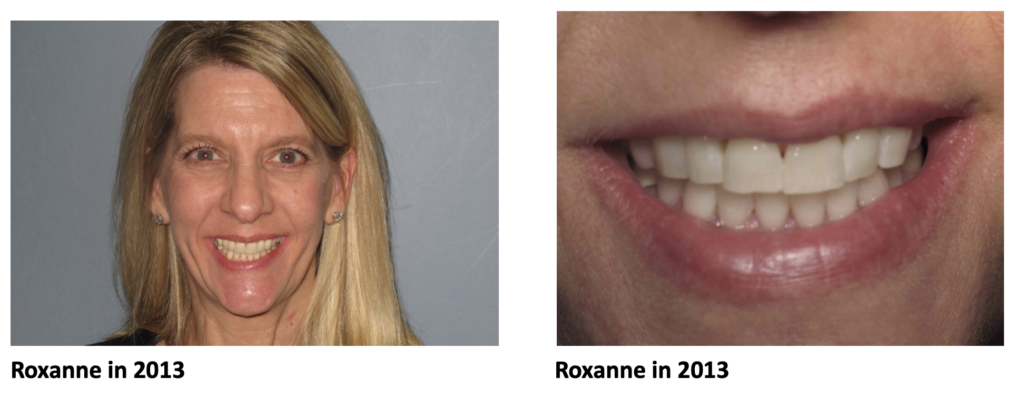
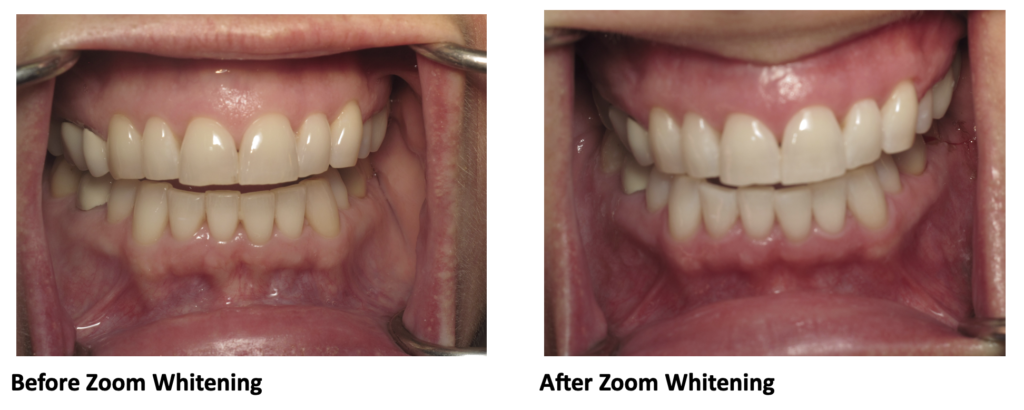
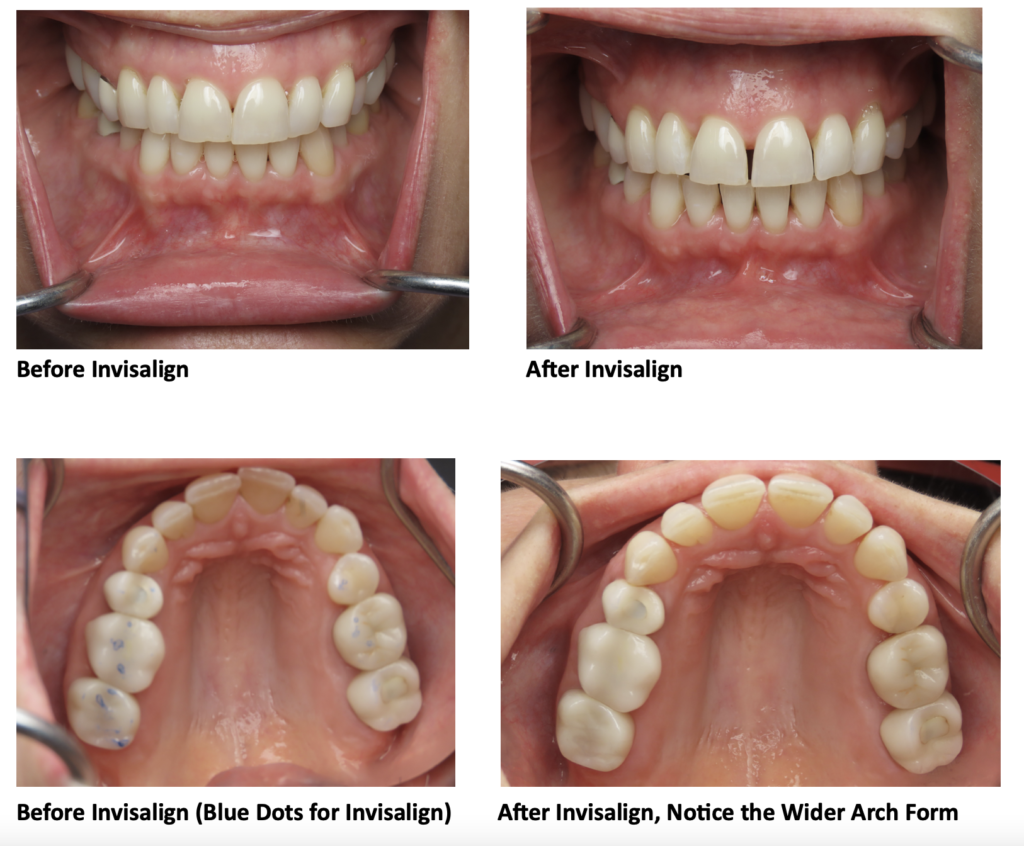
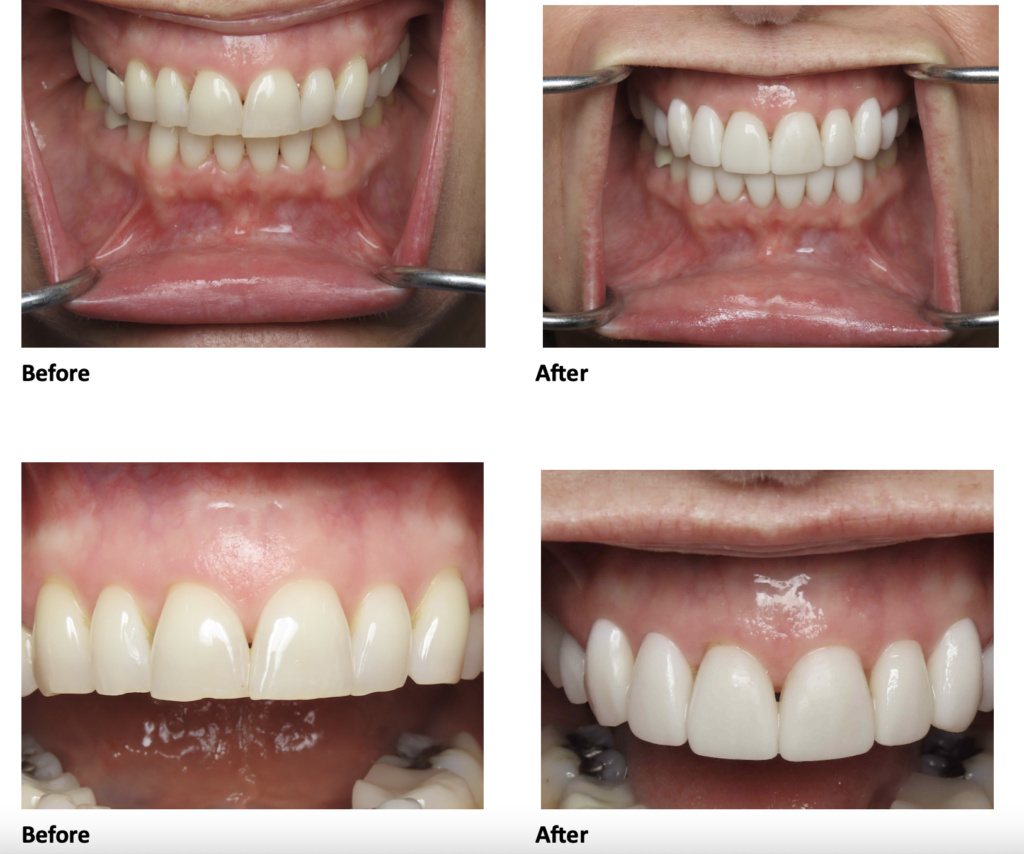


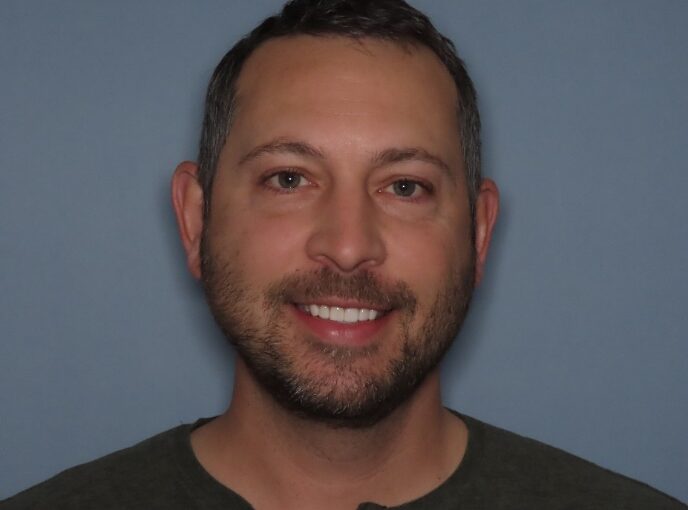
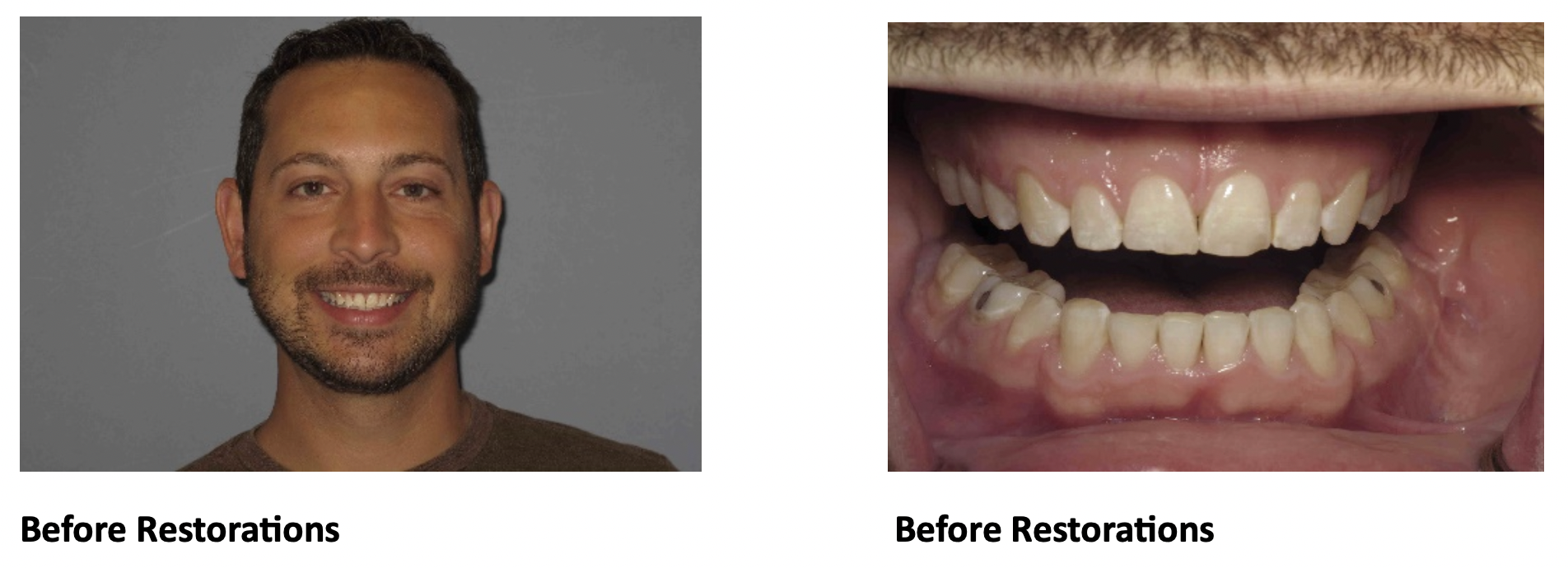
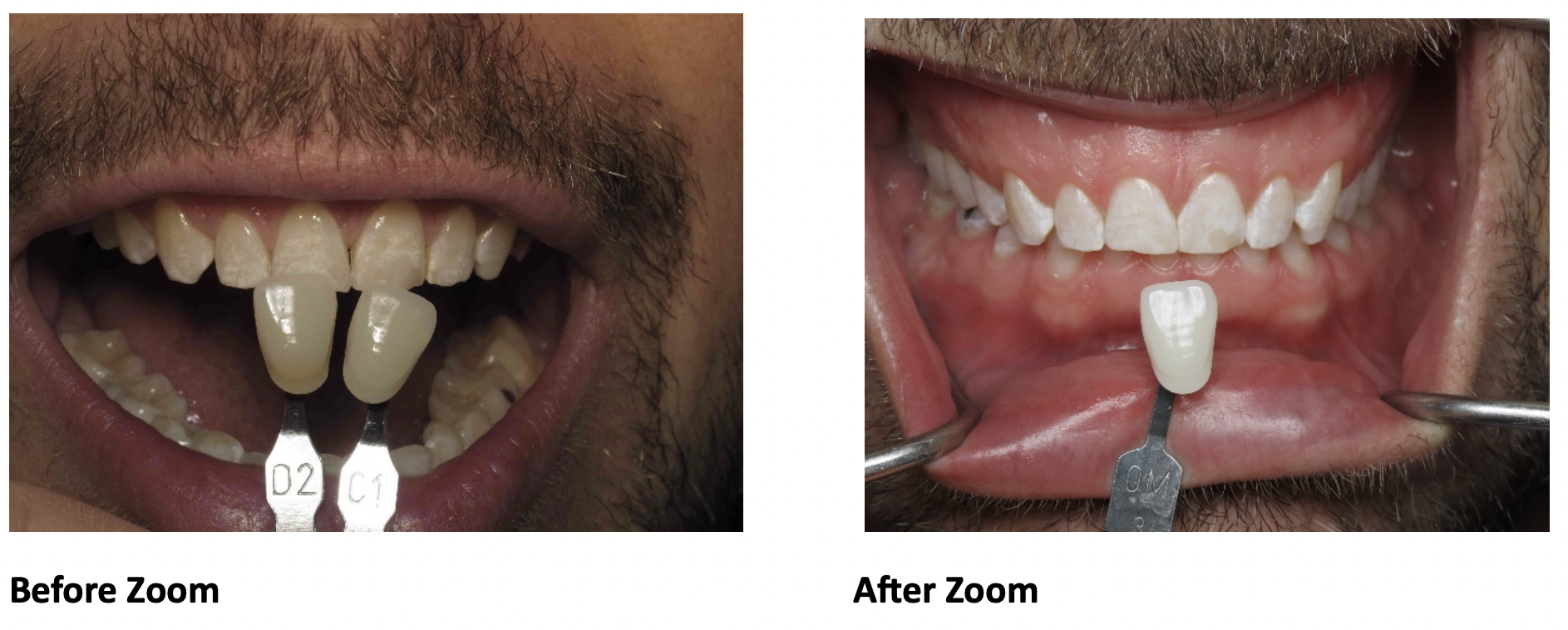
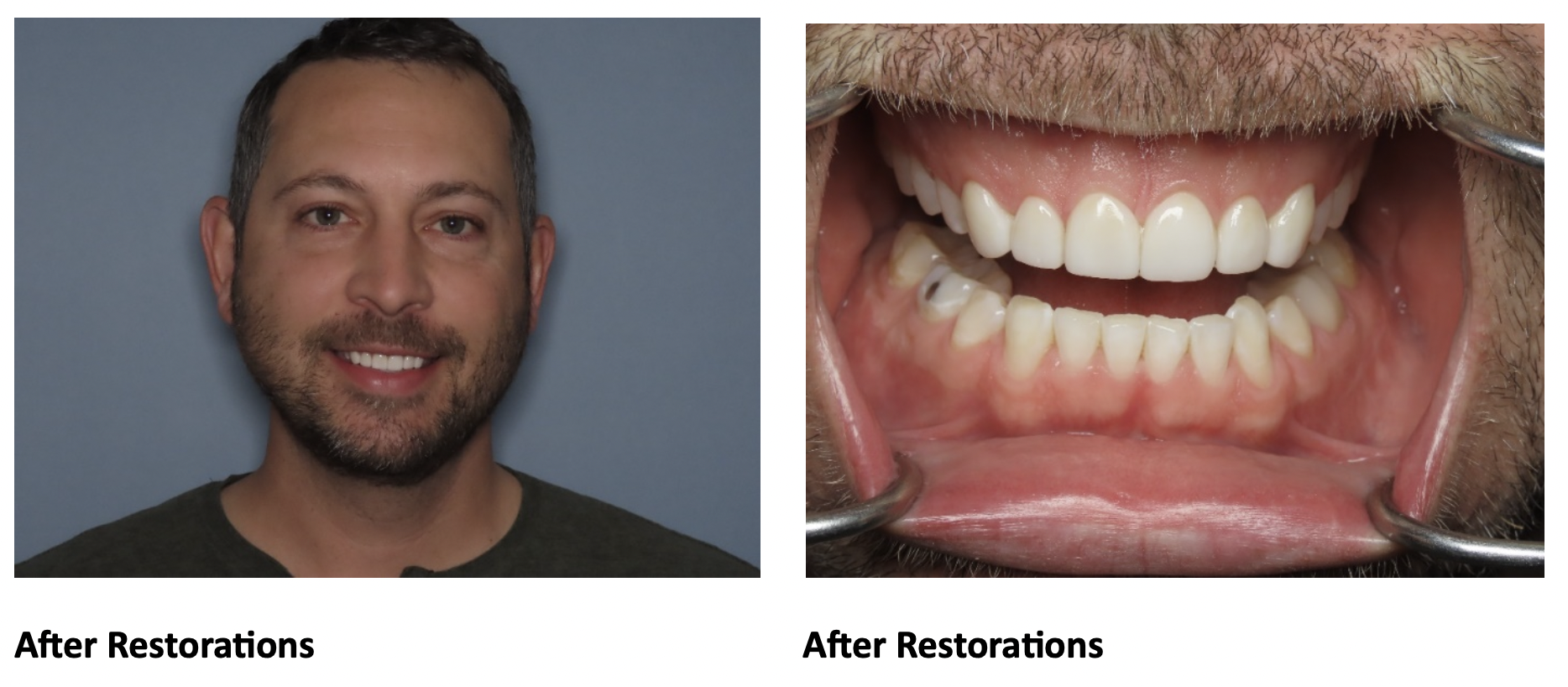
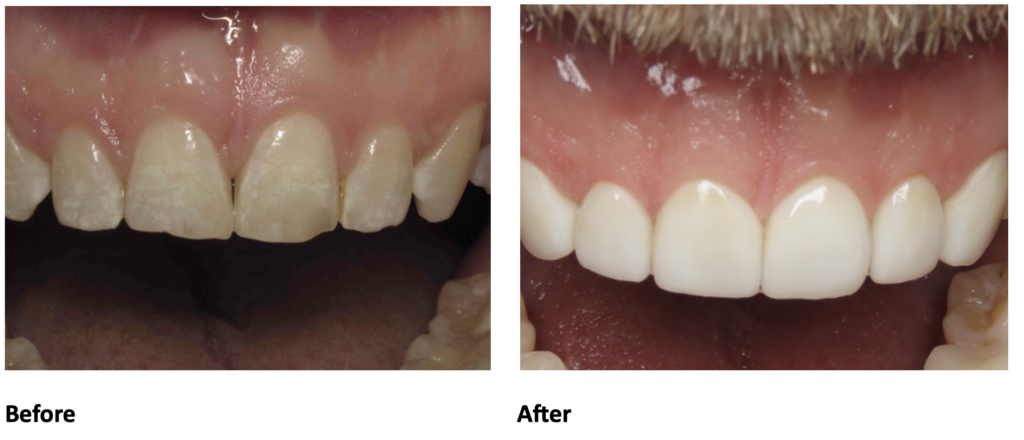

 One of the biggest perks of
One of the biggest perks of 
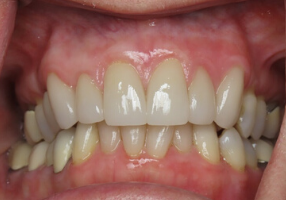 A
A 

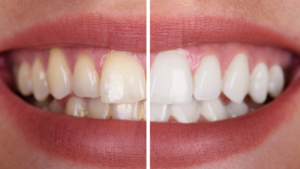 Teeth whitening: Over time, teeth become stained from certain foods, beverages, medications and smoking. Eggert Family Dentistry has many great options to help restore your pearly whites. We provide professional-grade strips and whitening trays that are more effective and gentler on your teeth and gums than their over-the-counter counterparts. Dr. Elizabeth and Dr. Jeff also offer the Zoom and
Teeth whitening: Over time, teeth become stained from certain foods, beverages, medications and smoking. Eggert Family Dentistry has many great options to help restore your pearly whites. We provide professional-grade strips and whitening trays that are more effective and gentler on your teeth and gums than their over-the-counter counterparts. Dr. Elizabeth and Dr. Jeff also offer the Zoom and 
 Tooth replacement: Losing permanent teeth can happen from trauma to the jaw, from gum disease or from tooth decay. Regardless, it can be an awkward situation and one that most people want to remedy as quickly as possible. If you’re dealing with missing permanent teeth, you have some excellent options. These options include dental implants, bridges, partial dentures or full dentures.
Tooth replacement: Losing permanent teeth can happen from trauma to the jaw, from gum disease or from tooth decay. Regardless, it can be an awkward situation and one that most people want to remedy as quickly as possible. If you’re dealing with missing permanent teeth, you have some excellent options. These options include dental implants, bridges, partial dentures or full dentures.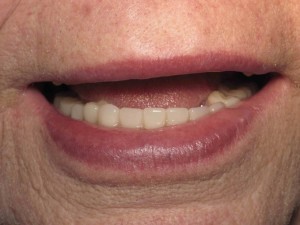 Full Dentures: Full dentures are full sets of upper and/or lower artificial teeth that are suctioned into place and removable for cleaning. While they can take some getting used to, they start to feel more normal over time. Full dentures will eventually become loose as bone mass degrades.
Full Dentures: Full dentures are full sets of upper and/or lower artificial teeth that are suctioned into place and removable for cleaning. While they can take some getting used to, they start to feel more normal over time. Full dentures will eventually become loose as bone mass degrades.